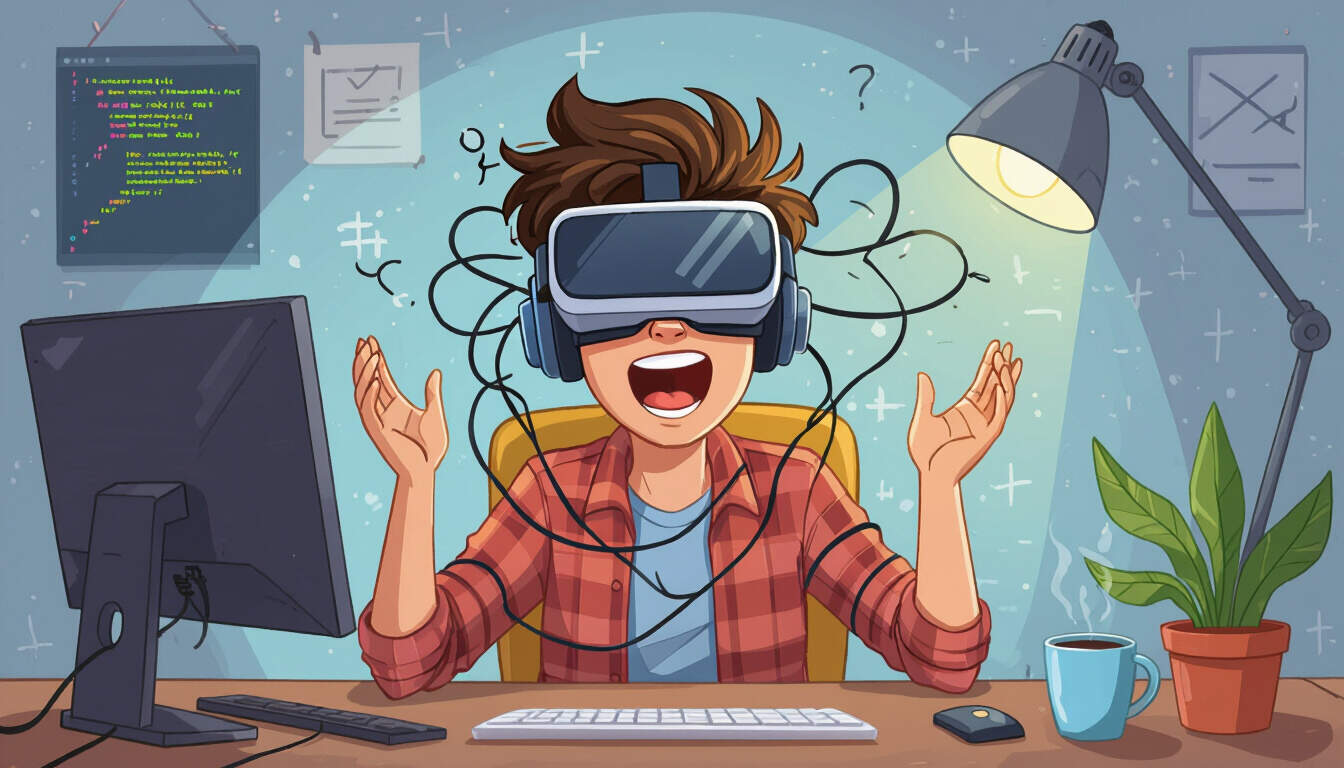Incorporating Virtual Reality into Freelance Web Development
 by Max Miller
by Max Miller
Discover the potential of virtual reality in web development and how it can enhance your freelance career. This article covers key skills, learning paths, and practical steps for beginners and intermediate developers to build a successful portfolio in VR-enhanced web projects.

Virtual reality offers exciting possibilities for web developers looking to stand out in their freelance work. By focusing on virtual reality, you can create immersive experiences that attract clients seeking innovative solutions.
This approach allows beginners to explore new technologies while building a solid foundation in web development. To start, consider the essential elements that make up web development with virtual reality integration.
First, think about the core technologies involved. HTML5 and JavaScript form the backbone, but adding WebXR brings interactive elements to life. WebXR enables browsers to handle virtual reality content, making it accessible without specialized hardware. For those new to this area, practicing with simple projects can help solidify these concepts.
Next, building a portfolio is crucial for any freelance career. Start by creating a basic website that showcases your skills in virtual reality features. Use tools like A-Frame or Three.js to develop prototypes. These libraries simplify the process of adding 3D elements, allowing you to demonstrate your ability to handle complex interactions.
In practice, many freelancers find that combining virtual reality with responsive design leads to versatile projects. Responsive design ensures that your work functions across devices, which is key for client satisfaction. Once you have a few projects under your belt, seek feedback from online communities to refine your approach.
Learning resources play a big role in growth. Online platforms offer courses on JavaScript frameworks that support virtual reality. For example, spending time with interactive tutorials can accelerate your progress. Additionally, participating in open-source projects gives hands-on experience and helps build connections.
When it comes to finding work, platforms dedicated to freelance opportunities often list jobs involving virtual reality in web projects. Prepare a profile that highlights your unique skills, such as creating virtual tours or interactive simulations. This can set you apart from other developers.
Now, let's break down the steps to get started in more detail:
- Assess your current skills: Begin by evaluating what you know about web technologies. If you're familiar with CSS and HTML, that's a good starting point for adding virtual reality components.
- Choose learning paths: Select courses or books that focus on emerging technologies like WebGL, which works well with virtual reality setups.
- Experiment with tools: Tools such as Unity for web exports can bridge the gap between game development and web projects, offering new ways to innovate.
- Build and test projects: Create a simple virtual reality experience, like a 360-degree viewer, and test it on different browsers to ensure compatibility.
- Network and market yourself: Join developer forums to share your work and connect with potential clients who need virtual reality expertise.
As you progress, consider the business side of freelancing. Setting rates based on your experience with virtual reality projects ensures fair compensation. Track your time on tasks to improve efficiency over time.
For intermediate learners, advancing to more sophisticated applications can open doors. Integrating APIs for virtual reality data, like spatial audio, adds depth to your projects. This level of detail can impress clients and lead to repeat business.
In summary, pursuing virtual reality in your web development freelance path provides a pathway to creative and rewarding work. By consistently applying these strategies, you'll gain confidence and skills that lead to long-term success. Remember, every project is a step forward in your development journey.
